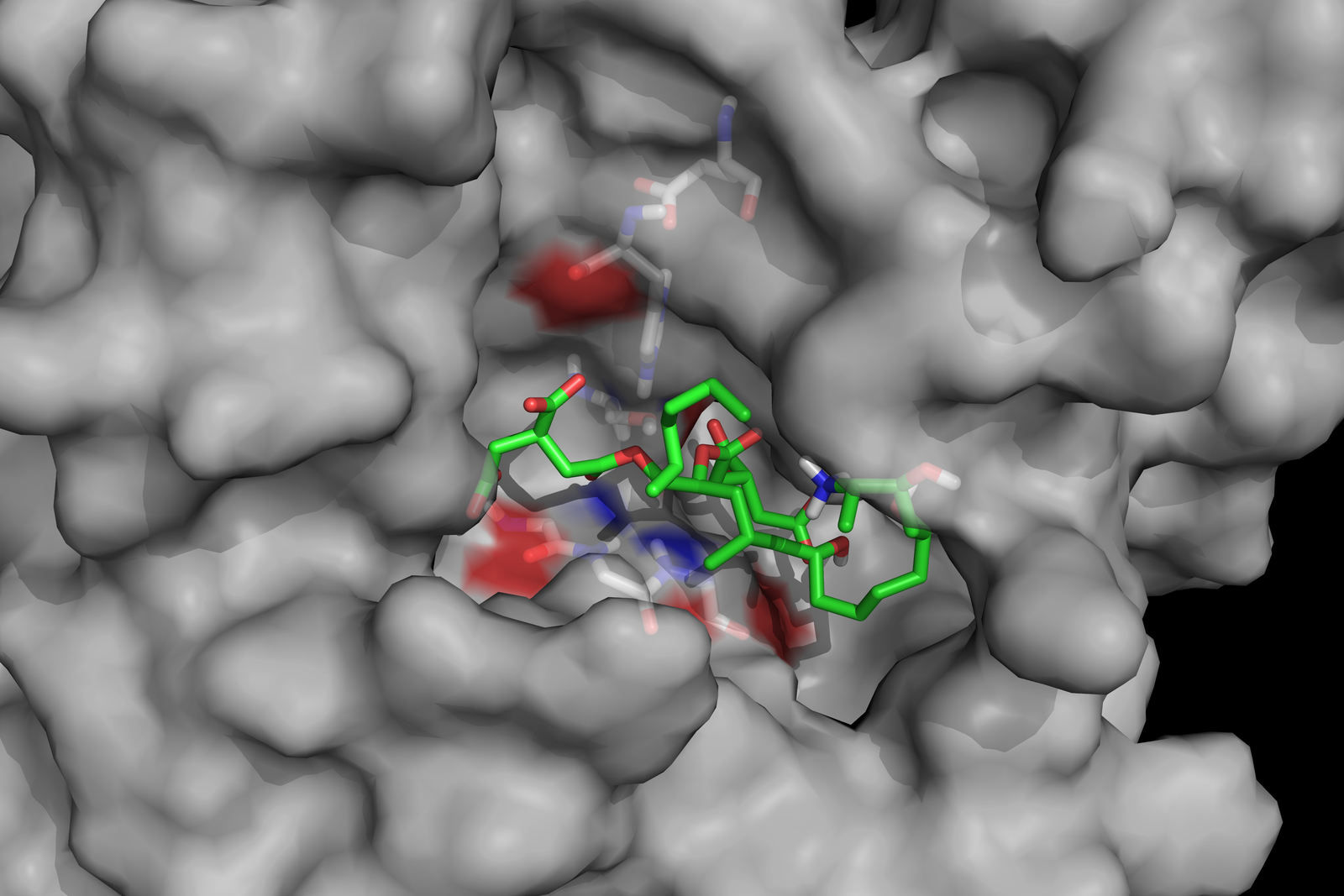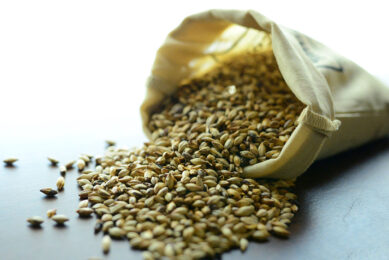Enzymes against mycotoxins: How does it work?

Adsorption of aflatoxin to binders has been used to make contaminated feed more suitable for animal nutrition. Biotransformation, by using enzymes, is a much more sophisticated development. All About Feed talked to Wulf-Dieter Moll from Biomin about how this works.
Several approaches and technologies may be used to deal with mycotoxins. These include the plant breeding for more resistance, proper storage conditions or treatment of grains with ozone, ammonia, or alkali. Although none of the treatment technologies have been implemented beyond an experimental or pilot scale. One of approaches, examined and implemented by Biomin, to mycotoxin mitigation is to make additional, microbial enzymes available which act in the gastrointestinal tract and convert mycotoxins to non-toxic metabolites. This development has resulted in the commercial product FUMzyme®.
All About Feed (AAF): Where does the enzyme against mycotoxins work?
Wulf-Dieter Moll (WM)
: “The enzyme product against fumonisins (FUMzyme®) that we have developed works in the intestinal tract of the animal. The enzyme needs water to become active, and it finds water, and also the right temperature and pH, in the gut environment.”
AAF: But the mycotoxin can also be already absorbed in the gut right, before the enzyme can target it?
WM: “That is why fast detoxification is so important. We want to make sure that the mycotoxins are not absorbed in the bloodstream to prevent them from causing damage to the animal. Our product can perform 220 catalytic cycles per second, hydrolysing 220 molecules of fumonisin per second, and the enzyme concentration provided by adding Mycofix to feed is sufficient to break down fumonisins before they are absorbed.
AAF: How can you measure that the enzyme has worked in the gut?
WM: “This is where biomarkers come in. For the development of our product we measured concentrations of intact and hydrolyzed fumonisins in blood plasma, urine and faeces of animals, and concentrations of sphingolipids in plasma. These biomarkers were essential to find the right formulation and dose of enzyme to be mixed into animal feed. Ideally, biomarkers are non-invasive, so that samples can also be taken easily at the average farm.”
AAF: The enzyme product on the market is against fumonisins. Will there be more enzymes, for other mycotoxins?
WM: “FUMzyme® is only the first of our enzymes, for which we were already able to refine the technology and get regulatory approval. Zearalenone may well be the next mycotoxin for which enzymatic hydrolysis will be established with a technological and commercially available feed additive. However, enzymes for other mycotoxins including ergot alkaloids and deoxynivalenol are also being evaluated and developed.”
Read the full article on enzymatic deactivation of mycotoxins in the upcoming edition (2016 nr 9)of All About Feed.
Join 26,000+ subscribers
Subscribe to our newsletter to stay updated about all the need-to-know content in the feed sector, three times a week. Beheer
Beheer









 WP Admin
WP Admin  Bewerk bericht
Bewerk bericht